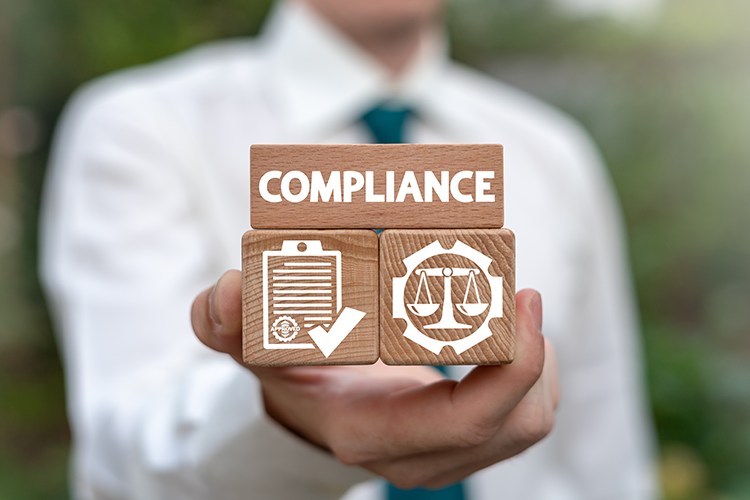3 law schools dinged on bar pass rates see improvement; another back in compliance with diversity standard

Image from Shutterstock.
Updated: Three law schools have come into compliance with an ABA accreditation standard requiring two-year bar passage rates of at least 75%, the council of the ABA’s Section of Legal Education and Admissions to the Bar recently announced.
Those schools are the Ave Maria School of Law, the University of the District of Columbia David A. Clarke School of Law and Vermont Law School.
Notices of noncompliance for the three schools were released in December.
Last year, Standard 316 compliance was based on 2019 graduates. At the Ave Maria School of Law, that class had a two-year pass rate of 67.21%. For its class of 2020, which determined current compliance with the standard this year, the two-year bar passage rate increased to 88.41%.
“The success of that class is the result of hard work by our entire faculty, including especially our bar preparation faculty and staff who have devised a rigorous program to ensure our students’ success on the bar exam. We anticipate similar success for our future classes,” wrote John Czarnetzky, the law school’s dean and CEO, in an email to the ABA Journal.
For the District of Columbia David A. Clarke School of Law, the class of 2020’s two-year bar passage rate was 80.6%, compared to 67.24% for the class of 2019.
And at Vermont Law School, the two-year pass rates were 67.54% for 2019 graduates and 77.69% for 2020 graduates.
Beth McCormack, interim dean at the law school, told the Journal in an email that the 2019 two-year pass rate is an outlier. According to McCormack, the faculty and staff will continue work supporting students, and they are also working on curriculum changes for the National Conference of Bar Examiners’ NextGen bar exam, which is scheduled to debut in July 2026.
Additionally, the council determined that the Hofstra University Maurice A. Deane School of Law, which received notice in December that it was out of compliance with a faculty and staff diversity standard, has demonstrated compliance.
According to its 2021 Standard 509 Information Report, the Hofstra University law school had 47 full-time faculty members; 23 were men, 24 were women and five identified as people of color. Also, it had 81 faculty members who were not full time; and out of that group, 57 were men, 24 were women and seven were people of color.
Based on data from the 2022 Standard 509 Information Report, the number of male full-time faculty remained the same. But there are now 27 women and seven people of color in the group. For faculty who do not work full time, 50 are men, 27 are women and five are people of color, according to the data.
Updated March 6 at 12:13 p.m. to include the statement from Beth McCormack, interim dean at Vermont Law School. Updated March 6 at 3:02 p.m. to correct two percentages.



